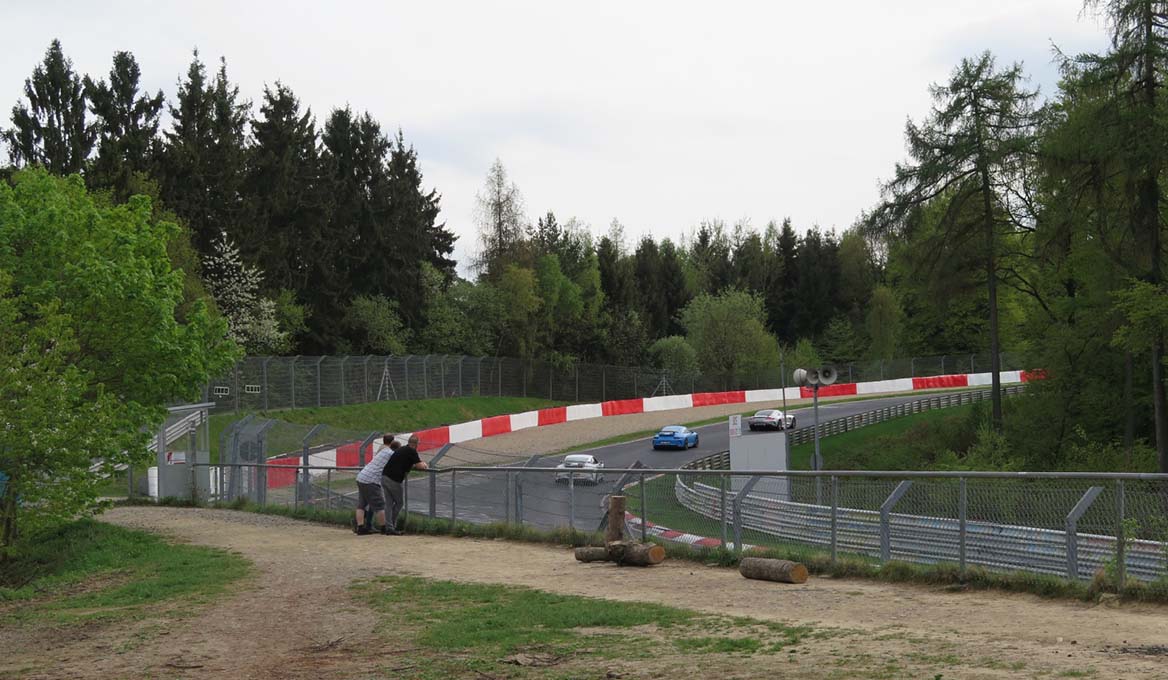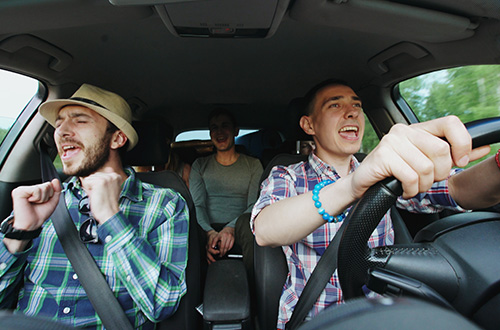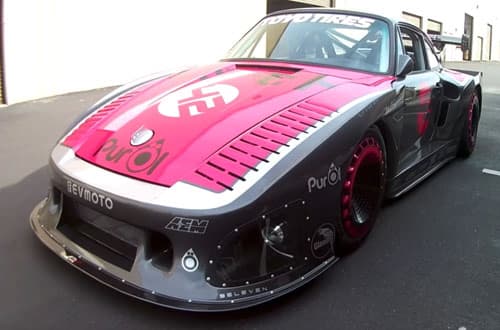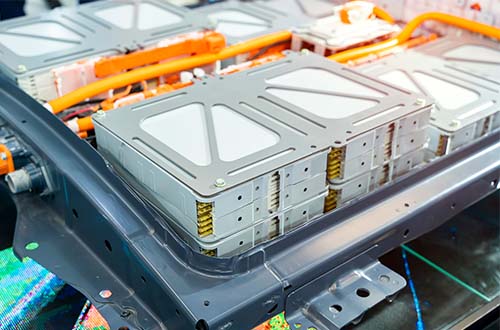
Track day: A day on the racetrack
Track day fascination: A day on the racetrack
Nürburg in the Eifel mountains, 7.30 am. Wisps of mist drift through the small, quiet town, which is just waking up at this time of day. But a few metres down the main road towards Meuspath, everyone is already wide awake. Here at the entrance to the notorious Nürburgring's Nordschleife, the car park is full: Dozens of cars line the tarmac. Here and there, their drivers check the air pressure in their tyres or are engrossed in conversation with other drivers.
Although there is no race today, the first cars roll onto the race track in the Eifel mountains. Because today, there is a track day at the Nürburgring, "a sporting event organised by mostly independent organisers, where the focus is on improving your own driving skills", Moritz explains. At home on the track day scene for years, he takes us with him today in his black Honda Civic. This is no ordinary Civic, as the huge rear wing and the generously dimensioned, bright red brake system indicate. It is a 320-hp Civic Type R, Moritz explains, a version of the Japanese compact model optimised for use on racetracks.
Track day: A fascination for driving dynamics and improving your own driving skills
Yet engine power is of secondary importance, Moritz assures us, "Brand-new Porsche vehicles with 520 hp and older BMW 3 Series and Opel Kadetts will be taking part in the track day", says Moritz. What their drivers have in common is a fascination for driving dynamics and improving their own driving skills. "There are no races here, and there is no official timekeeping", reports Moritz. It is more important that we treat each other fairly on the track and create a sense of community. And it is indeed clear that everyone seems to talk to each other, regardless of make and engine power.
A track day is open to anyone who has a drivable vehicle - regardless of whether it is a super sports car or an ordinary road vehicle. Most of the vehicles here on the "Ring" are lowered and feature numerous other optimisations. Is it a bit like a regular tuner meeting at the local petrol station? Moritz does not want to leave it at that. "At the track day, we drivers are less interested in visual tuning than most car tuners. Of course, we all eat with our eyes. However, we optimise our cars mainly with the aim of achieving maximum performance and safety in order to explore the limits of driving dynamics quickly and safely.
At the track day: Safety first
It is particularly important that the car is in good condition. "It is important to prepare your car for the racetrack", emphasises the track-day driver. "You have to check the brakes, the tyres and the fluids to make sure that everything is in order and that you will not have any problems on the track."
Just before Moritz takes us out on the track, he checks the tyre pressure and lets out a little more air. According to the Civic driver, having the correct tyre pressure is crucial. "Because the tyres heat up on the track, which also increases the air pressure." Air pressure that is too high is just as suboptimal as air pressure that is too low.
Engine performance is of secondary importance on a track day, even if we all eat with our eyes too.
For safety reasons, we wear a special helmet as co-drivers, just like all the other participants do. "Helmets are compulsory on a track day. Because even if it is not about achieving top speeds or setting new lap records, motorsport is and remains dangerous", the track-day expert explains. The organisers have drawn up a number of rules to ensure that nothing happens on the route. There are rules for overtaking manoeuvres and behaviour on the track that must be observed in order to avoid accidents. For example, many organisers have the rule that overtaking is only allowed on the left-hand side. Anyone who does not comply can simply go home.
Finally we roll across the car park towards the race track. The tension is mounting and we are already feeling a little queasy. And we are not disappointed. On the racetrack, Moritz accelerates so fast that we feel completely different. At a speed of 240 km/h, the road approaches a left-hand bend on the "Döttinger Höhe". The 44-year-old takes the next combination of bends at a speed that leaves us breathless. The fact that a car's tyres can build up so much grip is a total surprise to us.
Rollercoaster-like speeds
And it continues in exactly the same manner. Over the entire 20.8 kilometres of the most dangerous and challenging race track in the world. The forces and accelerations that act on us during braking and the many bends feel like a rollercoaster and cannot be compared with anything you can experience on normal roads.
Despite the high speeds, we notice how considerately the drivers treat each other on the racetrack. Time and again, Moritz looks in the rear-view mirror and lets faster cars like a Porsche 911 GT3 or BMW M4 pass him. Slower participants put their right direction indicator on if they want to make space for us. A quick raise of the hand to say thank you and off we go: at full throttle through the Fuchsröhre, which presses us into our seats due to the enormous compression, through the steep curve of the Caracciola carousel, which shakes us so hard that our fillings shake.
Some do yoga, crazier people do a track day
When we roll back into the car park after just over 8 minutes, we have to take a deep breath. "There is little that compares to driving on a racetrack", Moritz says in a daydream. "The speed, the bends, the grip of the tyres, constantly improving yourself - that is what makes it so fascinating", Moritz is convinced. "Others do yoga to be in the much sought-after 'here and now' and to be able to switch off completely. Slightly crazier people just drive on a racetrack", laughs Moritz. The effect is the same: "You are one hundred per cent focused, it is just you, your car and the track. There is no room for other thoughts".
The drivers want to improve their own driving skills on a track day.
The track day comes to an end in the early evening without any major incidents. We are exhausted, but grateful to have experienced this day. And we have actually tasted blood. Although it can be a challenge to drive on the track, Moritz emphasises that it is possible for anyone to attend a track day and improve their skills. "It is about starting slowly and building up gradually", he says. "You should not try to drive too fast or try to do too much at once. It is about challenging yourself and learning how to become a better driver." Some organisers have special events on offer for beginners to slowly get to grips with the sport. One thing is certain for us: This will not be our last track day.



